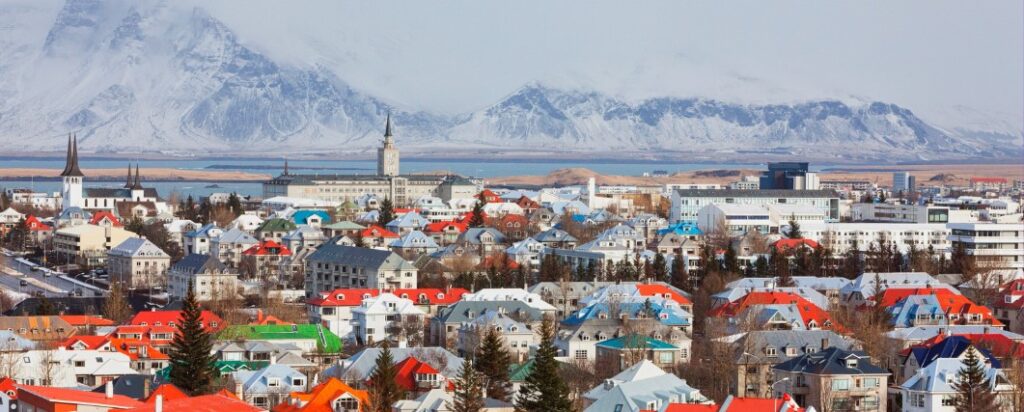
The Ultimate Guide to Discovering Iceland: Best Times, Packing Tips, and Essential Activities
The natural splendor of glaciers, volcanoes, and waterfalls live peacefully in Iceland, a land of fire and ice. It is a well-liked resort for tourists seeking adventure and natural wonders because of its breathtaking landscapes. From the breathtaking Northern Lights to the awe-inspiring ice caves and the vibrant midnight sun, Iceland offers various attractions that captivate its visitors’ hearts.
However, to fully experience the magic of this amazing country, it is essential to carefully plan the timing of your visit and know what to pack. To ensure a wonderful vacation, this article will walk you through the ideal time to visit Iceland, crucial preparations, and what to carry.
A Month-by-Month Guide to Iceland
Discovering the magic of Iceland involves carefully considering the time of year you plan to visit. Each season offers unique attractions, weather conditions, and challenges. Here is a breakdown by month to assist you in selecting the ideal time to visit Iceland based on your interests and travel preferences.
December to February (Winter)
Pros: During the winter months, Iceland transforms into a winter wonderland with snow-covered landscapes, natural ice caves, and the mesmerizing Northern Lights (aurora borealis).
Cons: The winter weather brings short daylight hours, cold temperatures, and the potential for harsh weather conditions, including road closures. Packing Essentials: Prepare for the cold by packing warm layers, snow boots, thermal wear, and a headlamp for extended periods of darkness.
March to May (Spring)
Pros: Spring is a season of awakening in Iceland, with landscapes returning to life, fewer tourists, and relatively moderate weather conditions.
Cons: The weather remains unpredictable, and some attractions, especially in remote locations, may still be inaccessible due to melting snow and muddy roads. Packing Essentials: Waterproof boots, layered clothing, a windbreaker, and an umbrella are must-haves during the spring months.
June to August (Summer)
Pros: The warmest time of year in Iceland is summer, when visitors may enjoy the country’s legendary midnight sun, verdant landscapes, a variety of outdoor pursuits, and easy access to most sights, including the well-known Golden Circle path.
Cons: Being the peak tourist season, expect large crowds, especially at popular tourist destinations, and higher prices for accommodations and activities. Packing Essentials: Light layers, sunblock, an eye mask for sleeping (as the sun barely sets), and hiking boots are essential for the summer months.
September to November (Autumn)
Pros: Autumn is a favorite time for many visitors as it brings beautiful fall colors, fewer tourists, and a chance to witness the Northern Lights as the nights start getting longer.
Cons: The weather starts to cool down, resulting in shorter daylight hours and cooler temperatures. Packing Essentials: Warm layers, rain gear, and comfortable walking shoes are necessary for the autumn months.
Remember, there is a good time to visit Iceland; it all depends on your interests and what you hope to experience during your trip. Whether you’re interested in witnessing the aurora borealis, exploring the ice caves, enjoying the midnight sun, or experiencing the geothermal activity, each season has its magic. Plan accordingly, pack wisely, and enjoy your adventure in this amazing country!
Wildlife Watching Opportunities
Iceland is not only famous for its dramatic landscapes but also for its diverse wildlife. From majestic whales to adorable puffins and seals, there is plenty to see for animal lovers. Here’s a guide to the best times and locations for wildlife watching in Iceland:
Whale Watching:
The best months for whale watching in Iceland are from April to September, when the waters are abundant with various species of whales. Prime locations for whale watching include Reykjavik, Akureyri, and Husavik.
You might come across various whale species in these waters, including minke whales, humpback whales, and even the majestic blue whale. The greater food availability and warmer waters during the summer increase the likelihood of seeing whales.
Puffin Spotting:
Puffins, the adorable birds with colorful beaks, are a sight. The prime viewing time for puffins is during the summer months, from May to August when they come ashore to breed.
The best locations for puffin spotting include the cliffs of Latrabjarg in the Westfjords, Dyrholaey on the South Coast, and Grimsey Island in the North. Interesting fact: Puffins are known as ‘sea parrots’ or ‘clowns of the sea’ due to their colorful appearance and playful behavior.
Seal Watching:
Although seals can be seen throughout the year in Iceland, the best times to see them are in the summer and fall when they come ashore to relax and sunbake. Prime locations for seal watching include the Ytri Tunga beach on the Snaefellsnes Peninsula and the glacial lagoon of Jokulsarlon in the southeast. Common species found in Iceland include the harbor seal and the grey seal.
Remember always to respect the wildlife and their natural habitats. Maintain a safe distance, do not feed the animals, and follow the guidelines provided by local authorities or tour operators. You can have a memorable wildlife-watching experience in Iceland with a little preparation and planning.
Special Events and Festivals
Iceland is a land of natural beauty and a hub for cultural events, music festivals, and traditional celebrations. These events are a great way to experience the Icelandic culture, meet locals, and enjoy your time in this beautiful country.
Cultural Events:
- Iceland Airwaves: A popular music festival held in November in Reykjavik. It features both international and Icelandic bands playing a wide range of music genres.
- Reykjavik Arts Festival: Held in May, this multidisciplinary festival focuses on new commissions and the creative intersection of the arts.
- Reykjavik International Film Festival: Held in September, this festival screens a wide range of dramas and non-fiction films from over 40 countries.
Traditional Celebrations:
- Thorrablot: This is a traditional Icelandic feast held in January or February. It is a celebration of the old Norse month of Thorri. It involves eating traditional Icelandic food such as fermented shark and dried fish.
- Seafarer’s Day: Held in June, this festival honors the country’s maritime heritage and the men and women living on the sea. It includes various activities such as rowing competitions, sea swimming, and musical performances.
- National Day: Celebrated on June 17, this is Iceland’s national holiday. It includes parades, concerts, and other events across the country.
Timing Your Visit:
Suppose you are interested in experiencing Iceland’s culture and traditions. In that case, it is a good idea to time your visit to coincide with these events. However, remember that some events, like the Iceland Airwaves music festival, attract many visitors, so booking your accommodations and tickets in advance is advisable.
While participating in these events, remember to respect regional customs and traditions. Enjoying the cultural festivities is a perfect way to enrich your visit and make your trip to Iceland truly memorable.
Driving and Road Conditions
When planning a trip to Iceland, considering the road conditions is paramount. The weather in Iceland can be unpredictable, and road conditions can change rapidly. Here are some key points to keep in mind:
Importance of Considering Road Conditions:
Iceland’s terrain varies from region to region, and the weather can impact road conditions significantly. In winter, roads can be icy, snowy, and slippery; in spring, melting snow can cause muddy and waterlogged roads.
During the summer, the roads are usually in the best condition. However, there can still be challenges like narrow passages and gravel roads. Therefore, regularly checking the road conditions and planning your trip is essential.
Best Months for a Road Trip and the Ring Road Adventure:
The best months for a road trip in Iceland are during the summer, from June to August, when the weather is relatively stable, and most roads, including the famous Ring Road, are open and accessible.
The Ring Road, or Route 1, is a national road that runs around the entire island and offers breathtaking views of Iceland’s natural beauty. However, even during the summer, it is advisable to check the road conditions regularly, as the weather can change rapidly.
Driving in Iceland requires careful preparation and attention to the road conditions. Rent a suitable vehicle, carry a road map, and have a working GPS. Also, familiarize yourself with the Icelandic road signs and rules before starting your journey.
Remember, safety should always be your priority. Take your time, take regular breaks, and only drive if the weather conditions are mild. Proper planning and preparation make a trip to Iceland a fantastic and memorable experience.
Budget Considerations
Iceland is known as one of the most expensive countries in the world, so it’s essential to plan your budget carefully. The travel costs can fluctuate significantly from the high season (summer) to the low season (winter). Here’s an overview of the typical costs and some tips for budget travelers:
Travel Costs Fluctuations:
- High Season (June to August): The summertime is celand’s busiest travel season. The majority of attractions are open at this time, and the weather is at its best. It’s also the most expensive time of year to travel, though. The cost of lodging may double compared to off-season rates, and popular excursions may be more expensive.
- Low Season (November to March): The winter months are Iceland’s low season, with fewer visitors and cheaper lodging and entertainment costs. However, this is also when the weather is the harshest, and some attractions may be inaccessible due to snow and ice.
Typical Costs:
- Flights: Flight prices can vary significantly based on the time of booking, departure city, and the season. Generally, flights are more expensive during the summer months and cheaper during the winter.
- Accommodations: Accommodation prices vary widely based on the location, quality, and the season. Prices can be quite high during the summer, so booking in advance is advisable. In the winter, prices are generally lower. However, booking ahead is still essential, especially if you plan to visit popular tourist destinations.
- Activities: The location and time of year can also affect how much an activity costs. Popular activities like the Golden Circle tour, whale watching, and the Blue Lagoon can be more expensive during the peak season.
Tips for Budget Travelers:
- Visit During the Shoulder Season: Iceland may be visited at its best between May and September, which is the shoulder season. The weather is still relatively nice, but the prices for accommodations and activities are lower compared to the peak season.
- Book in Advance: Booking your flights, accommodations, and activities in advance can help you save money and secure the best deals.
- Consider Self-Catering: Eating out in Iceland can be expensive, so consider staying in accommodations with a kitchen and cooking your meals.
- Use Public Transportation: In Iceland, car renting may get pricey, especially in the summer. Consider using public transportation or joining organized tours to save money.
Packing Tips
Packing for a trip to Iceland requires careful consideration of the weather, activities you plan to do, and the local culture. Here’s a detailed packing list for each season:
Winter (December to February):
- Warm Layers: Thermal shirts, fleece jackets, and a waterproof and windproof outer layer.
- Snow Boots: Waterproof and insulated boots.
- Thermal Wear: Thermal socks, gloves, and a hat.
- Headlamp: For extended hours of darkness.
- Sunglasses: For the low sun and reflecting snow.
Spring (March to May):
- Waterproof Boots: To handle melting snow and muddy paths.
- Layered Clothing: Light thermal layers, fleece or down jacket, and a waterproof and windproof outer layer.
- Windbreaker: Spring winds can be chilly.
- Umbrella: For unpredictable spring showers.
Summer (June to August):
- Light Layers: Light shirts, a fleece or light jacket, and a waterproof and windproof outer layer.
- Hiking Boots: For outdoor activities.
- Sunblock: The sun can be strong in the summer months.
- Eye Mask: For sleeping during the midnight sun.
Autumn (September to November):
- Warm Layers: Thermal shirts, fleece jackets, and a waterproof and windproof outer layer.
- Rain Gear: Waterproof jacket and pants.
- Comfortable Walking Shoes: For exploring the beautiful fall landscapes.
General Packing Tips:
- Respect the Culture: While Iceland is quite liberal, it is always respectful to dress modestly. Avoid overly revealing clothes.
- Essential Gadgets: Don’t forget your camera, charger, adapter, and other gadgets.
- Reusable Water Bottle: The tap water in Iceland is some of the cleanest in the world. To stay hydrated and lessen plastic waste, bring a reusable water bottle.
Remember, the weather in Iceland can be unpredictable, and it’s always better to be over-prepared than under-prepared. Before leaving, always check the weather prediction and bring versatile, layerable clothing. Heading out for the day.
Conclusion
Iceland, the land of ice and fire, is a destination. With its breathtaking landscapes, unique wildlife, and vibrant culture, it offers an array of experiences that cater to all kinds of travelers. Each season offers unique charm, from the winter’s mesmerizing northern lights to the summer’s radiant midnight sun.
Despite being one of the priciest places to go to, careful planning and financial management allow for a great trip within budget. The ever-changing weather and road conditions can pose a challenge, but being well-prepared and adaptable is the key to making the most of your visit.
The magic of Iceland lies not just in its natural beauty but also in its people and warm hospitality. Every traveler should take to heart and practice the Icelandic tradition of respecting nature during their visit. Remember to pack responsibly, respect the local culture and environment, and take nothing but photographs and memories.
Whether you’re chasing the aurora borealis, soaking in the geothermal activity of the Blue Lagoon, or embarking on a road trip along the Ring Road, Iceland offers something for everyone. Considering the travel inspiration in this guide, you can plan the perfect trip that aligns with your travel style and preferences.
Finally, your travel plans will determine the ideal time to visit Iceland. There are only different experiences to have while traveling to this amazing country. Accept the challenge and explore Iceland’s enchantment for yourself.

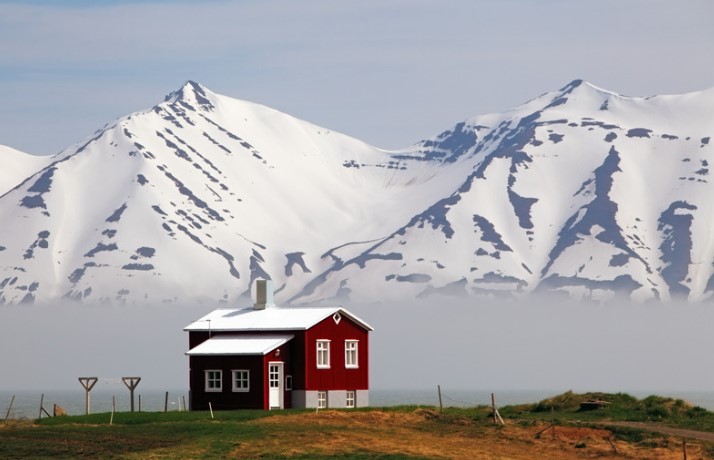
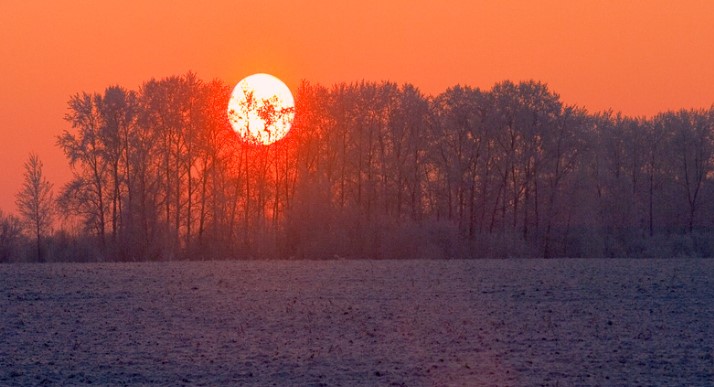
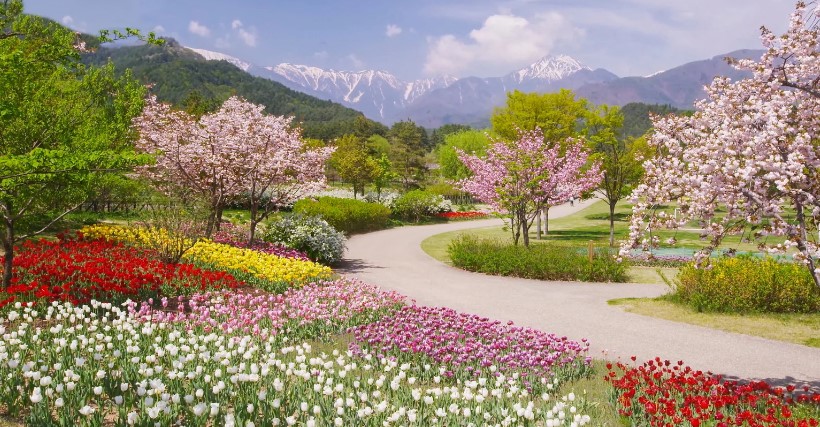
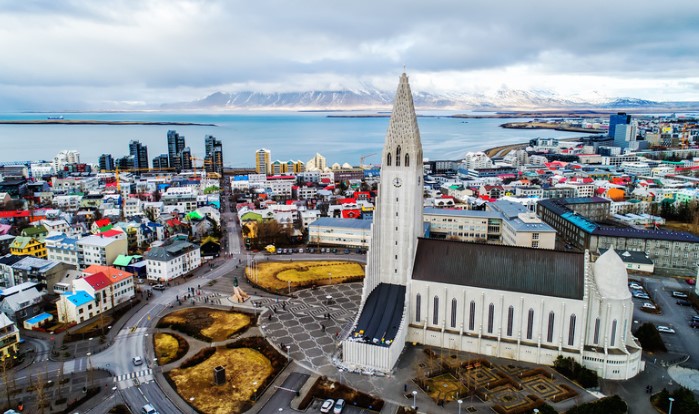

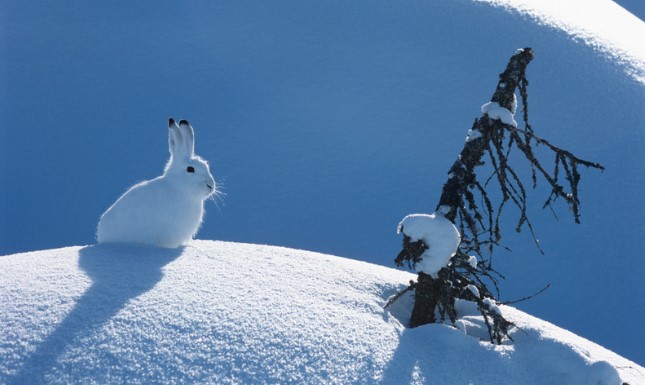
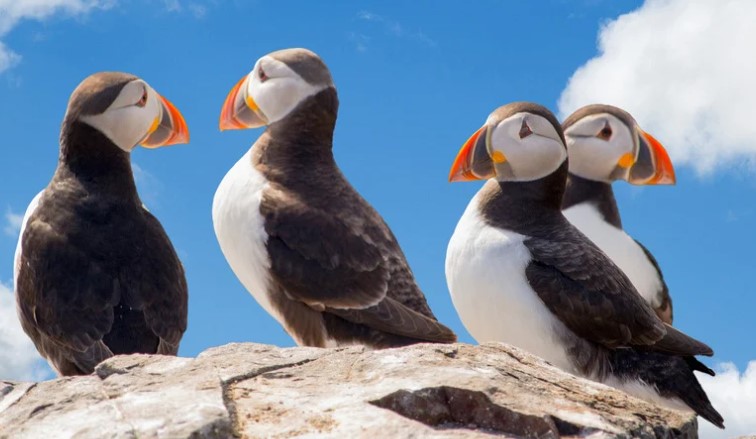
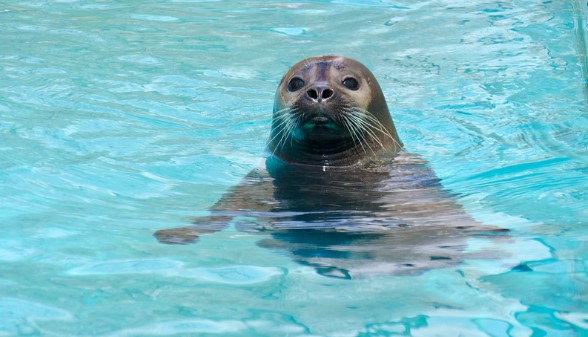


Pingback: Fun Things to Do in Colorado Springs: A Whirlwind of Activities